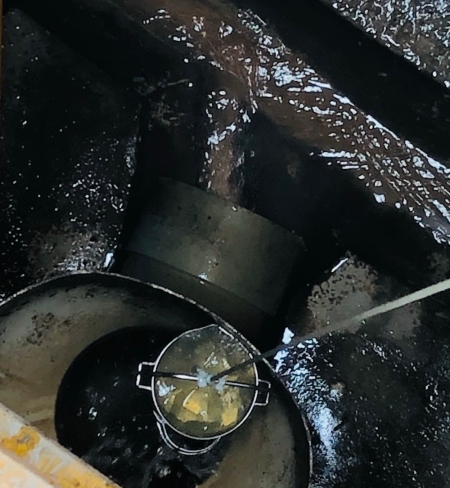The Tokyo 2020 Olympics and Paralympics, delayed by a year due to the COVID-19 pandemic, were held between July 21 and September 21, 2021. The games were held without spectators, and athletes and support staff in the Olympic village were tested daily for SARS-CoV-2, to ensure that the pandemic was kept under control.
A team of researchers from Japan, led by Hokkaido University’s Masaaki Kitajima, Associate Professor at the Faculty of Engineering, has used wastewater-based epidemiology (WBE) to show that SARS-CoV-2, the novel coronavirus, was present in more areas of the village than indicated by the antigen test. Their findings were published as a Rapid Communication in the Journal of Travel Medicine. The team included Specially Appointed Professor Michio Murakami at the Center for Infectious Disease Education and Research, Osaka University; Ryo Iwamoto from Shionogi & Co., Ltd.; Professor Hiroyuki Katayama at the Graduate School of Engineering, The University of Tokyo; and Professor Seiya Imoto at The Institute of Medical Science, The University of Tokyo (IMSUT).
The use of WBE to monitor the spread of the pandemic is well established, and is currently implemented in a number of cities across the world. Recent research has focused on using WBE to track the pandemic at smaller scales, from mass events all the way down to individual airplane flights.
The authors set out to assess the incidence of COVID-19 in the Olympic and Paralympic village. To do so, they collected a total of 690 wastewater samples between July 14 and September 8, 2021, from manholes in seven distinct areas in the village. The samples were collected daily, tested for the presence of SARS-CoV-2 by a qPCR-based method, and the results were reported to the Tokyo Organizing Committee. Results were also correlated with the clinical data that was gathered separately.
SARS-CoV-2 was detected in 233 of the 690 samples, including in areas where no positive cases were detected by clinical testing. The authors posit that this is due to two factors: WBE detects the virus in asymptomatic and post-quarantine patients, and the daily screenings in the village used an antigen test—which does not detect low viral loads. In addition, sequencing identified the presence of SARS-CoV-2 variants in the samples.
“This study demonstrates that WBE is an effective tool in tracking and controlling the spread of COVID-19 during mass gatherings,” said Kitajima. “It can also be used to determine the presence and prevalence of variants in asymptomatic patients.”

Original Article
Masaaki Kitajima, et al. COVID-19 wastewater surveillance implemented in the Tokyo 2020 Olympic and Paralympic Village. Journal of Travel Medicine. February 3, 2022.DOI: 10.1093/jtm/taac004
Contacts
Researcher:Associate Professor Masaaki Kitajima
Division of Environmental Engineering
Faculty of Engineering
Hokkaido University
Email: mkitajima[at]eng.hokudai.ac.jp
Institutions:
Sohail Keegan Pinto (International Public Relations Specialist)
Public Relations Division
Hokkaido University
Tel: +81-11-706-2185
Email: en-press[at]general.hokudai.ac.jp
Center for Global Initiatives
Osaka University
Email: gi-strategy[at]cgin.osaka-u.ac.jp
Corporate Communications Department
Shionogi & Co., Ltd.
Telephone: +81-6-6209-7885
Asako Shimizu
International Affairs Office
The Institute of Medical Science, The University of Tokyo (IMSUT)
Tel: +81-90-9832-9760
Email: koho[at]ims.u-tokyo.ac.jp
